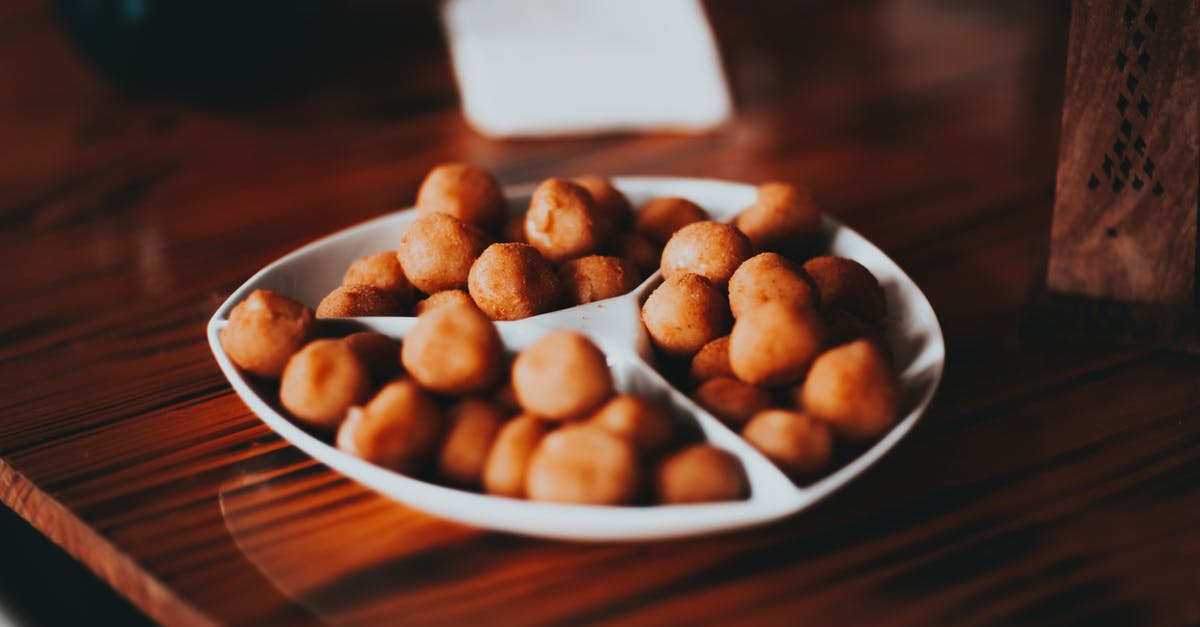How should I roast bay nuts?

Bay Nuts are the fruit of the California Bay Laurel. Few people have seen (or heard) of them, because the trees don't produce enough for commercial harvests. However, I was gifted with a jar of them by a friend with a fruiting bay tree.
The way one is supposed to eat the nuts is to roast them and eat the seeds, which taste vaguely like chocolate or coffee and vaguely not. However, that's where agreement ends; roasting times and temperatures are given as:
- 350F for 45 to 90 minutes
- 450F for 45 minutes
- 450F for 20 minutes
- Various other temperatures and times, from 375 to 475 and from 20 minutes to 90 minutes, depending.
So my question is: approximately how long, and at what temperature, should I be roasting the nuts? Does anyone have direct experience with Bay Nuts, or an authority which looks more definitive than the many blogs which lack rigorous testing of roasting conditions?
Best Answer
It's obvious why these nuts are not mass-produced: the environmental variables are just too disparate:
- you need to harvest them at the correct time
- peel them correctly
- wash them correctly
- dry them correctly
- roast them for the right time and the right T°
So that's why you're seeing a large number of methodologies on how to roast them: it d e p e n d s so we will not be able to tell you how to handle your nuts exactly ¯\_(?)_/¯ and you need to fall back to the empirical method.
As you've only got a jar of them, it doesn't make sense to put them in an oven as the quantity is too small. That's the major difference between home cooking (small batch) and professional cooking (large batch) and in this case, you should use the non-professional method of dry-frying them instead:
- Take a pan large enough to contain all of the nuts
- Put the pan on medium heat and dry-fry one single nut
- Put the pan on medium-high and dry-fry one single nut
- Repeat with multiple heats and times until you've got the one single perfectly roasted nut
Now pour the jar in the pan ensuring the nuts are not stacked on top of one another and are all touching the base of the pan just like the one single nut did and repeat the process for the single perfect nut for all of the nuts you've got left in your jar.
P.S. And if you're still not totally nuts about how to handle these nuts, you might actually be able to enjoy your nuts! ;-)
P.P.S. Anyone else reading this who has an entire crate of these: yes you can use the empirical method for your particular oven, for your particular settings for your individual taste too... :-)
Pictures about "How should I roast bay nuts?"



Quick Answer about "How should I roast bay nuts?"
Bay nuts should be stored in an open bowl or jar or in paper bags. You can store them like this for up to two years. Roast the nuts at 350° on a baking sheet in a single layer. Roasting usually takes about 1 to 1½ hours, but you'll know they're done when the insides look brown/black.Are bay laurel nuts edible?
California Bay Laurel The nuts of this tree are edible when roasted and have long been consumed by California Tribal groups as a condiment, digestive aid, and stimulant. Bay nuts contain a chemical constituent similar to caffeine.Are bay nuts poisonous?
Most commonly, the nuts are not dried before roasting. The second most common problem is roasting too cool. The toxicity of unroasted bay nuts is unknown, but they are probably not good for you. A tickling irritation in the back of the throat, almost like a burning sensation, is indicative of inadequate roasting.How do you eat bay laurel?
Whether you call them bay leaves, bay laurel, or sweet laurel, this Mediterranean herb is a common ingredient in soups, stews, or braised meats. It's recommended that you remove the whole leaves or leaf pieces before eating. However, it's not because they're poisonous, but rather because they can be a choking hazard.Bay laurel nuts. Delicious wild roasted nuts!
Sources: Stack Exchange - This article follows the attribution requirements of Stack Exchange and is licensed under CC BY-SA 3.0.
Images: Matheus Bertelli, Leonardo Bissoli, seyfi durmaz, analogicus
